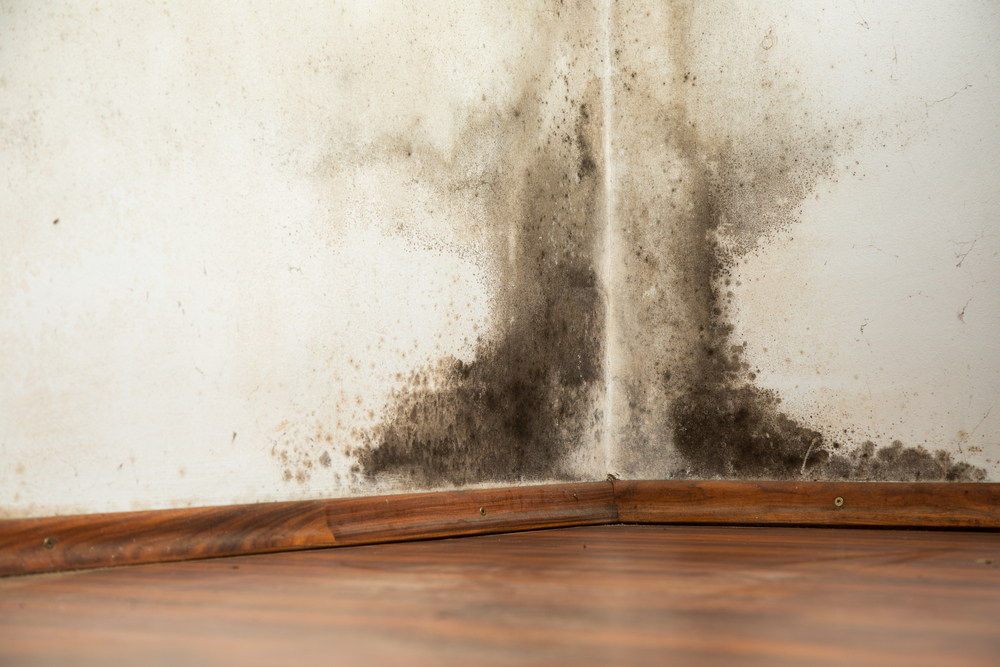A shocking four in 10 homes fail to meet a new standard for what makes an acceptable home, according to housing charity Shelter. The new living home standard has been designed to be the housing equivalent of the living wage. It has been developed following a consultation with the public and is measured through affordability, […]
 A shocking four in 10 homes fail to meet a new standard for what makes an acceptable home, according to housing charity Shelter.
A shocking four in 10 homes fail to meet a new standard for what makes an acceptable home, according to housing charity Shelter.
The new living home standard has been designed to be the housing equivalent of the living wage. It has been developed following a consultation with the public and is measured through affordability, decent conditions, stability, space and neighbourhood.
The research revealed that most homes fall below the standard due to the impact of high housing costs.
One in four people in Britain live in homes which fail on affordability, while almost one in five are in homes which do not to meet the standard because of poor conditions, with problems including persistent pests, damp or safety hazards.
And the homes of almost one in 10 people (10%) fail due to instability, largely driven by renters who feel they don’t have enough control over how long they can live in their home.
Respondents said they were worried they would not be able to pay for their homes or meet the rent of the mortgage without regularly cutting back on essentials like food or heating.
Campbell Robb, Shelter’s chief executive, said: “At Shelter we know all too well that a home is much more than bricks and mortar – it’s a place that should allow us to live and thrive, rather than just get by.
“When Shelter was founded fifty years ago, it was with the hope that one day everyone in the country would have access to a place they can truly call home. But the sad truth is that far too many people in Britain right now are living in homes that just aren’t up to scratch – from the thousands of families forced to cope with poor conditions, to a generation of renters forking out most of their income on housing each month and unable to save for the future.
“Now is the time for a national mission to get to grips with our housing crisis once and for all. We’re calling on the new government, alongside businesses and other charities, to work with us to turn things around and increase the number of homes that meet the Living Home Standard.”
To highlight the problem, Shelter used the example of Emma from Folkestone, who has moved nine times in the past 12 years.
Emma said: “When you rent a home, even though it’s someone else’s bricks as such, you want to feel it’s really yours, and that rarely happens. In the time we’ve been renting we’ve had problems with damp, a broken boiler for months, no gas safety checks in one flat – you have to wait an age to get things fixed and then deal with huge rent increases if they do.
“Because of how much our housing costs we have a strict week by week food budget, and every time we started saving for our own place something’s happened – like my husband’s been made redundant, or we’ve had to move because of a rent increase. We need to get back to what we did after the war when there was a lot of housebuilding, because at the moment I just feel so let down. Sometimes I think what’s the point of all this hard work – we’re just not getting anywhere.”














